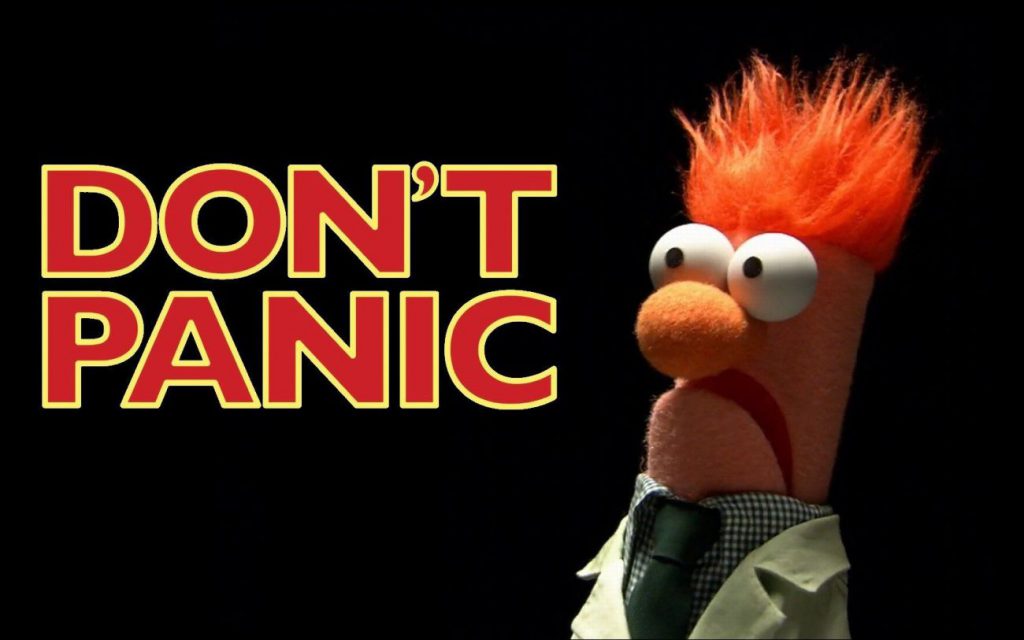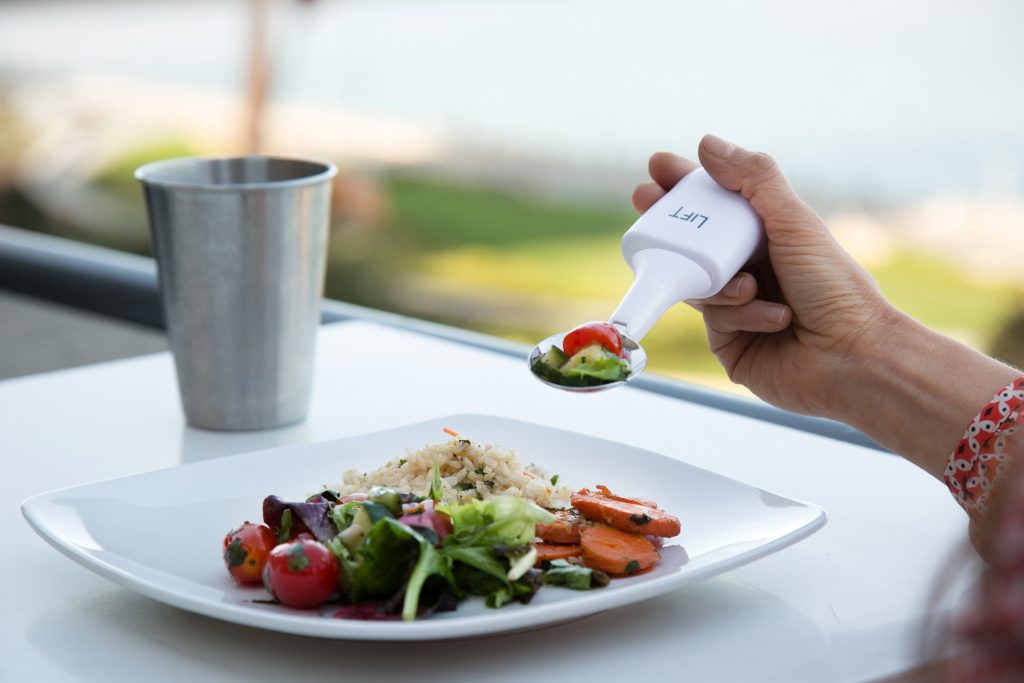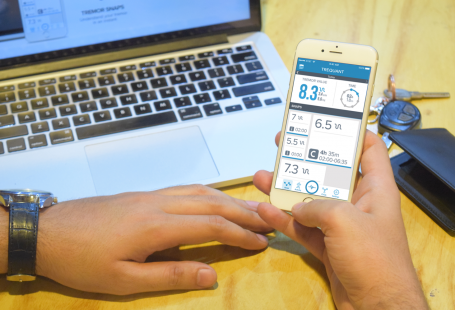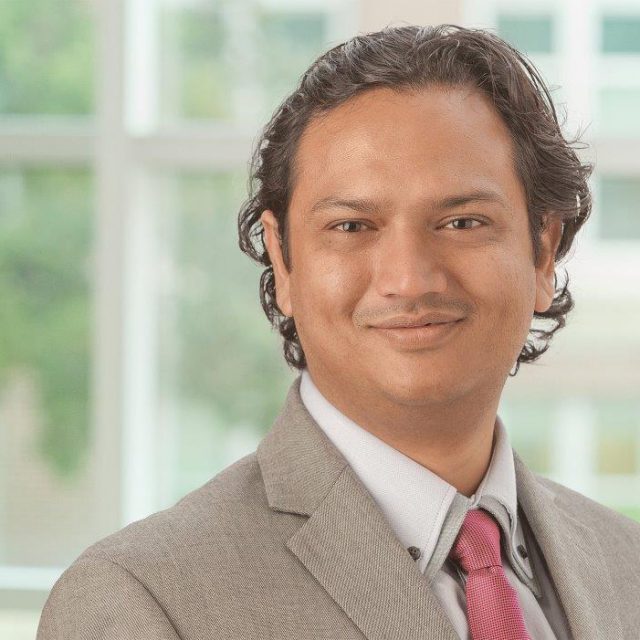
“First, it is slightly cheaper; and secondly it has the words DON’T PANIC inscribed in large friendly letters on its cover.” – The Hitchhikers Guide to the Galaxy
Don’t Panic – There are many things that go through your mind when you face the challenge of an ominous symptom like a tremor. You may feel personally responsible in some way for having had developed tremors, thinking you could have done something to avoid it or that you deserve it for some reason. Or you may fear you have developed an ailment that someone you knew or close to you suffered from, “He shook the same way I do.” This is all very normal and most likely not true. Do you ever think of the same things when you get a cold or fever? You likely don’t and you shouldn’t here either. It is extremely unlikely that you have done something to cause this tremor and it is quite possible that it has nothing to do with what your loved one might have had earlier.
There are dozens of different types of tremors and hundreds of causes. Each tremor presents a unique challenge. But speaking generally, here are FIVE things you can do to help improve your life with tremors.

- Almost every tremor condition is worsened by stress, both physical and mental. So avoiding stress is likely very helpful. Fatigue can be avoided by scheduled rest periods, and flexible or part-time work schedules.
- Acceptance will help alleviate an important source of stress of social situations and avoiding social situations is not a long-term solution. This will also allow others to help you with support on your tasks, schedules at work and allowing for needed time off for medical care or taking a break. And remember allow others to help you; this is also part of acceptance.
- Eating healthy, moderate exercise and living a stress free life definitely helps; however over the counter naturopathic supplement and myriad of vitamins likely don’t. Occasionally, a tremor may be caused by a specific vitamin or mineral deficiency or excess but without knowing which one is too high or low, it can’t be corrected.
- Adaptations to tremors are highly useful. This includes behavior modifications like holding pens and spoons differently; using both hands, using your left hand to write or hold things; different tools including heavier pens and heavier utensils, and weighted wrist braces. Up-and-coming tremor devices might also provide enough alleviation of symptoms. This goes even further to adaption in your lifestyle at work and at home. Read here for some very helpful detailed recommendations.
- A proper diagnosis is very important. The cause of tremor could be completely curable or easily treatable, it may or may not be genetic, and it may or may not be linked with other health conditions.
The exact diagnosis of tremors solves many important questions. Can the tremor be cured? Will the tremor progress and how soon? Will it be disabling? Does it need to be treated? If so, how? Can I continue working? Do I need to make changes to my work? The answers to such questions are different for everyone because different tremors behave differently. A general neurologist can help manage some common types of tremors, and a movement disorders-trained neurologist is an important resource for uncommon or difficult to treat tremors and for confirmation of clinical diagnosis of the type of tremor. Many advance techniques for tremor management are being used and further improved which can be provided at a movement disorder center including surgical options like Deep Brain Stimulation Surgery also called DBS. Many kinds of tremors can be successfully and safely treated with DBS, such decision and future management of DBS however requires the expertise of a movement disorder specialist.


